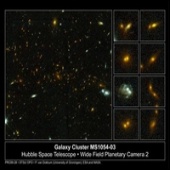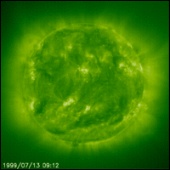ESA Science & Technology - News Archive
News archive
News archive
Published: 5 August 1999
Published: 4 August 1999
Published: 4 August 1999
Published: 3 August 1999
Published: 2 August 1999
Published: 29 July 1999
Published: 23 July 1999
Published: 22 July 1999
Published: 21 July 1999
Published: 20 July 1999
Published: 20 July 1999
Published: 16 July 1999
Published: 15 July 1999
Published: 15 July 1999
Published: 15 July 1999
Published: 9 July 1999
Published: 8 July 1999
Published: 8 July 1999
Published: 5 July 1999
Published: 2 July 1999
—
20 Items per Page




















